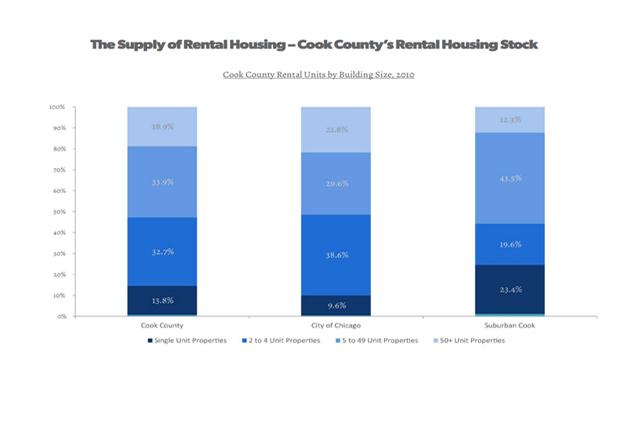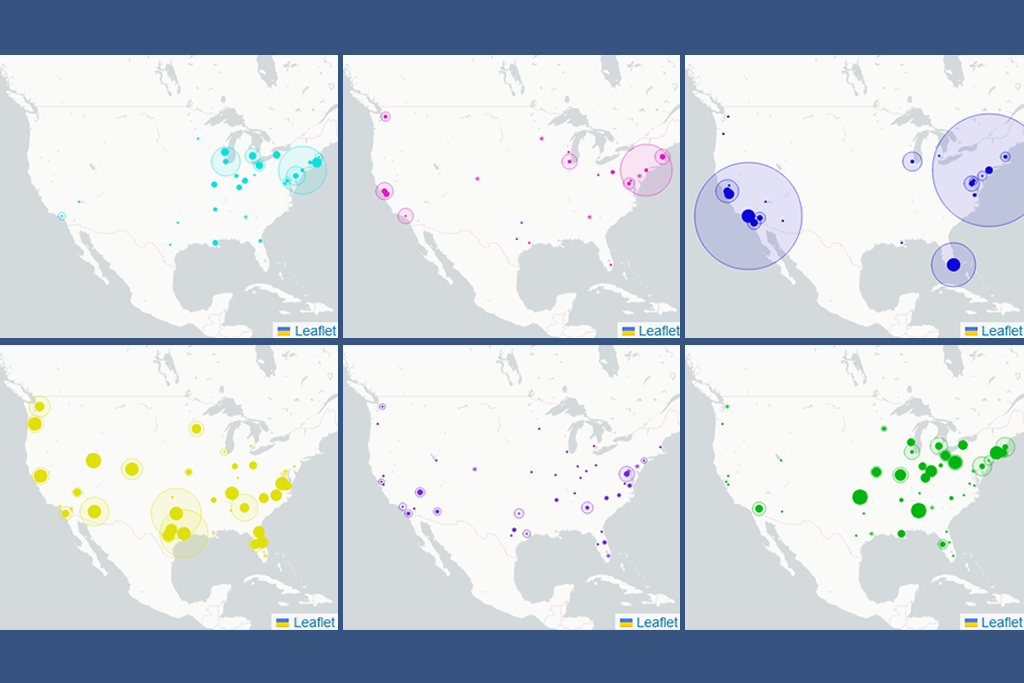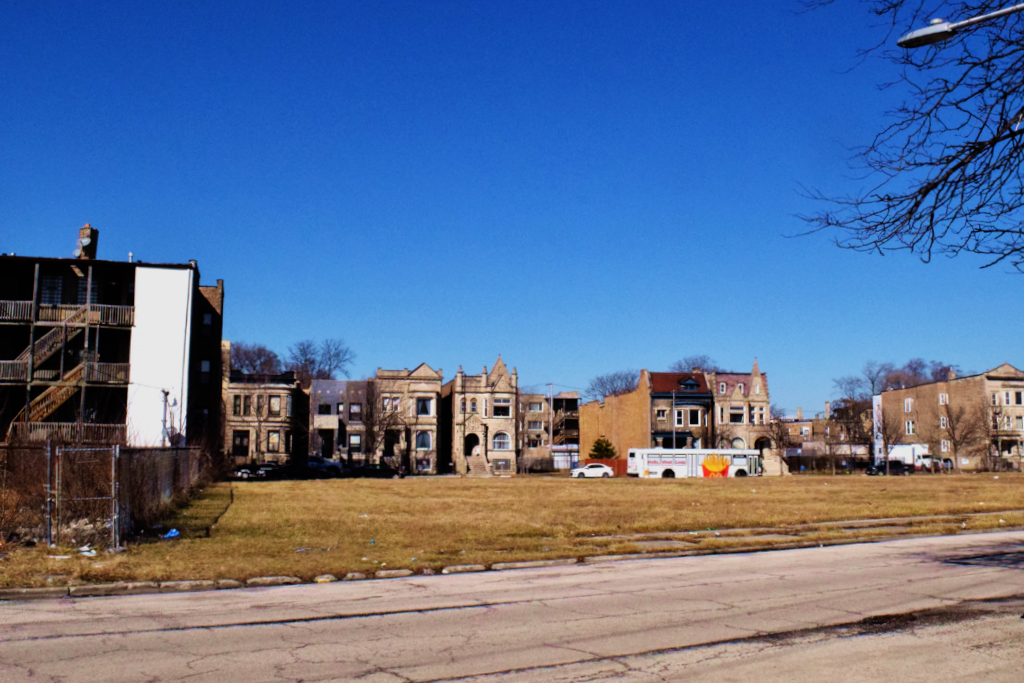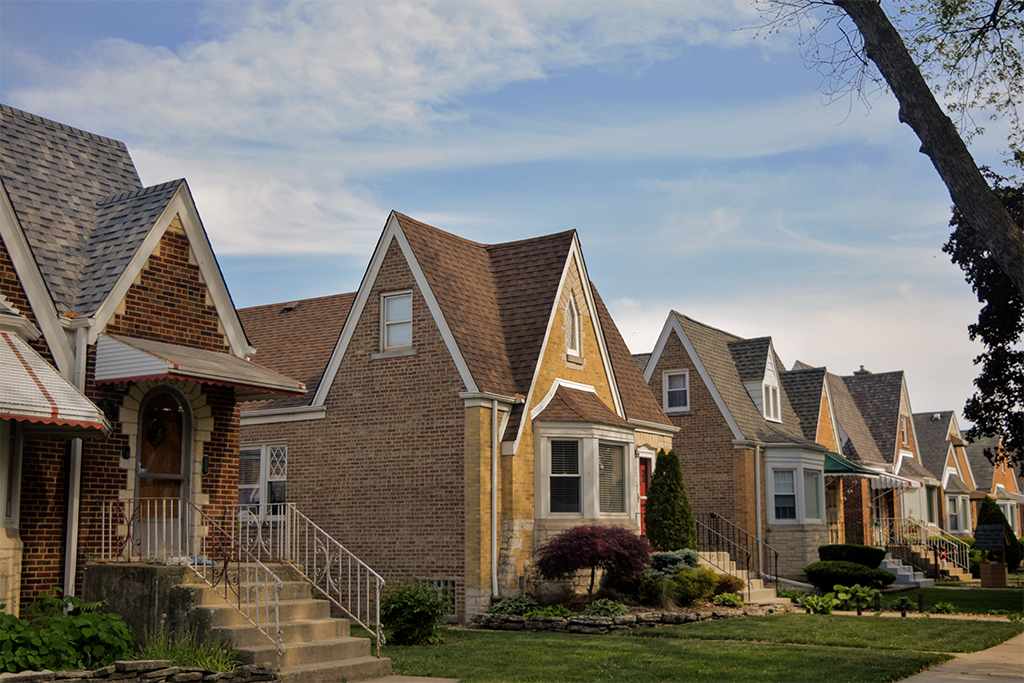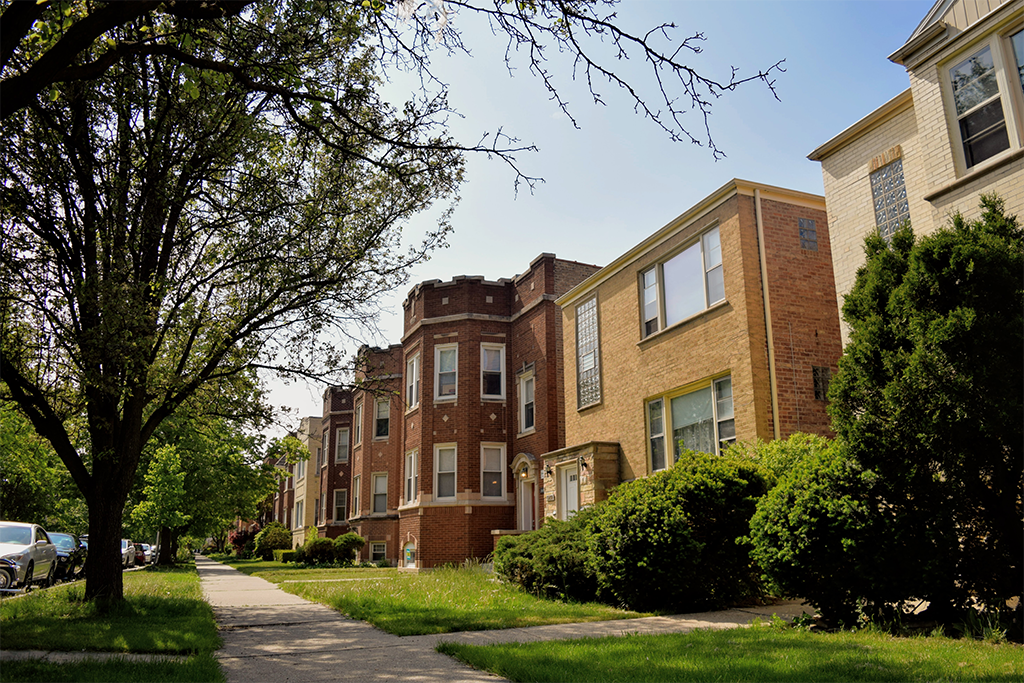Two-to-four unit buildings make up a critical part of Cook County’s rental housing stock. These types of properties traditionally have been owned by owner-occupants who live in one unit while renting the remaining units for supplemental income or by small property investors who own and manage a small number of buildings. The recent foreclosure crisis has significantly impacted the two-to-four unit building stock in Cook County, particularly in lower-income communities, and, in the current market, potential buyers of distressed two-to-four unit properties face unique challenges around accessing financing which can make it difficult to return these properties to productive use.
Download the Data Brief that includes detailed neighborhood data on the two-to-four rental stock and the IHS presentation from a Preservation Compact panel discussion on the challenges facing the two-to-four rental stock.
Some key facts about two-to-four unit buildings:
- Two-to-four unit buildings make up a substantial portion of Cook County’s rental housing stock. In Cook County, two-to-four unit buildings account for roughly 33 percent of the rental housing stock. In the City of Chicago, two-to-four unit buildings make up an even larger share of the rental stock, accounting for over 38 percent of rental units. In Suburban Cook, two-to-four unit buildings account for roughly 20 percent of rental units.
- In Cook County’s low- and moderate-income neighborhoods, two-to-four unit buildings are a critical source of rental housing. Over 53 percent of the multifamily rental units in Cook County’s low- and moderate-income communities are in two-to-four unit buildings. Two-to-four unit buildings account for over 276,000 units in low- and moderate-income neighborhoods compared to 120,000 in the County’s middle- and upper-income areas.
- The foreclosure crisis has destabilized the two-to-four unit building market in lower-income communities. Between 2005 and 2011, nearly 32 percent of the units in two-to-four unit buildings in Cook County’s low-income communities were affected by a foreclosure filing and 22 percent in moderate-income areas. By comparison, six percent of units in two-to-four unit buildings in upper-income areas were affected by a foreclosure during that same time period.
- There are limited financing options available for investor purchases of two-to-four unit buildings. Traditionally, the secondary market has not supported financing of investor-owned properties under five units which has significantly restricted the number of lenders able to fund the purchase of two-to-four unit buildings. Investors who personally fund the acquisition and rehabilitation of distressed properties also have challenges finding longer-term, take-out financing from a permanent lender.
- In today’s market, cash buyers are the predominant type of purchasers of two-to-four unit buildings particularly in high foreclosure areas. From 2009 to 2011, the majority of two-to-four unit building sales were completed using cash. In 2011, roughly 56 percent of purchases of two-to-four unit buildings were made in cash, compared to 45 percent for all residential property sales. By contrast, 38 percent of one-unit detached single family properties were purchased with cash in 2011. Cash buying is even more prominent in high foreclosure areas where, in 2011, over 66 percent of two-to-four unit building sales were completed using cash.
- Two-to-four unit building sales in high foreclosure areas have been largely driven by distressed transactions. Between 2009 and 2011, over 67 percent of two-to-four unit building sales in areas heavily impacted by the foreclosure crisis were distressed transactions such as sales out of REO status. During this period, over 87 percent of distressed sales of two-to-four unit buildings in high foreclosure areas were purchased using cash. The share of distressed sales peaked in 2009, when 77 percent of two-to-four unit building sales in high foreclosure areas were distressed and declined to 55 percent in 2011.
